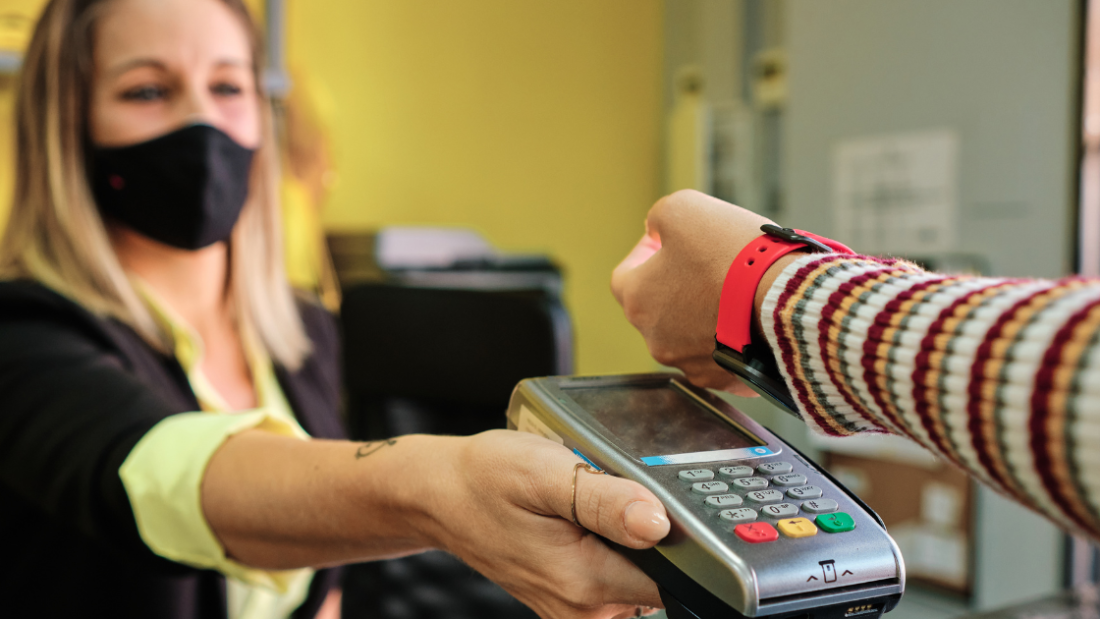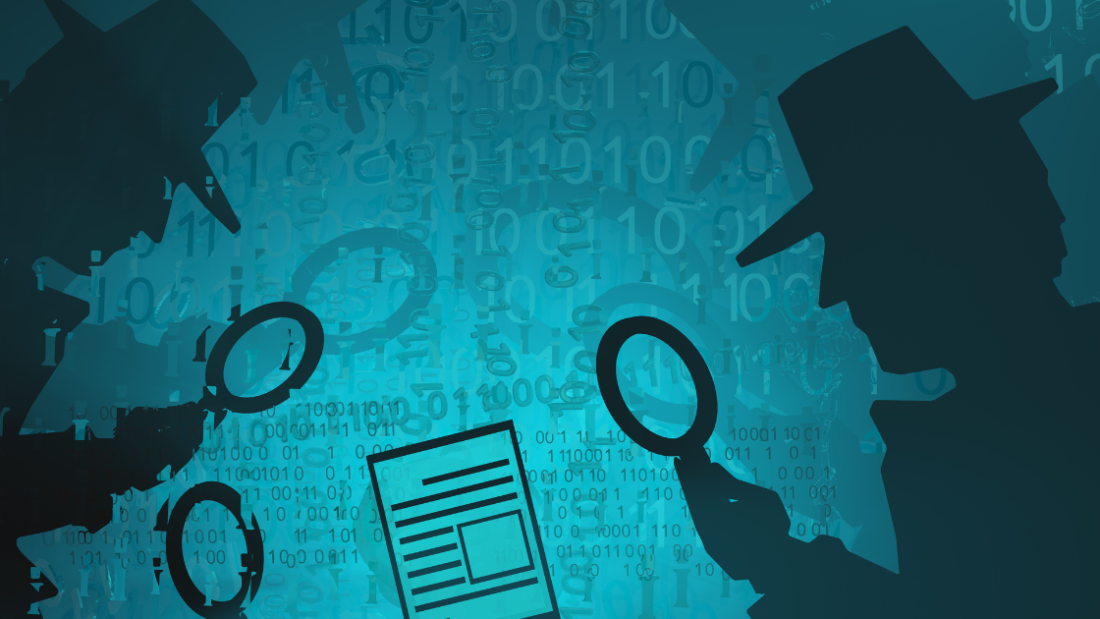Are you tired of dealing with the hassle of verifying identity documents manually? Say goodbye to tedious processes with our cutting-edge ID Document Liveness Detection SDK. Revolutionize your verification procedures by incorporating this advanced technology that ensures real-time authentication, enhancing security and efficiency. Stay ahead of the curve and streamline your operations effortlessly. Embrace the future of identity verification with our innovative solution today.
Importance of ID Document Liveness Detection
Enhanced Security
ID document liveness detection significantly enhances security by preventing identity fraud through real-time verification. This advanced technology ensures that the person presenting the identity document is physically present during the verification process. By incorporating robust ID document liveness detection SDK, organizations can effectively combat fraudulent activities and unauthorized access attempts.
Implementing document liveness detection technologies provides an additional layer of security, making it challenging for fraudsters to manipulate the system. This proactive approach not only safeguards sensitive data but also protects individuals from potential identity theft and financial losses.
Regulatory Compliance
Ensuring accurate document liveness detection procedures helps organizations comply with regulatory requirements, thereby maintaining safe and secure transactions. By utilizing ID document liveness detection APIs and software, businesses can adhere to industry standards and regulations related to identity verification protocols.
By incorporating entire document liveness detection procedures, organizations demonstrate their commitment to data protection and privacy laws. This compliance not only mitigates legal risks but also fosters trust among customers, knowing that their personal information is handled securely and in accordance with established guidelines.
User Trust and Experience
The implementation of document liveness detection software plays a crucial role in improving user trust and experience during the identity verification process. By offering liveness detection as part of the verification procedure, organizations instill confidence in users that their identities are being verified accurately and efficiently.
Identity document capture and verification processes supported by ID document recognition technologies enhance the overall user experience by streamlining the verification process. Users appreciate the convenience of swift and reliable identity verification, leading to increased satisfaction and loyalty towards the service provider.
Key Features to Look For
Accuracy Assessment
When selecting an ID document liveness detection SDK, accuracy is paramount. The ability to effectively distinguish between a live person and a fraudulent attempt is crucial. Look for solutions that offer high precision in detecting portrait substitution attacks and printed copy attacks.
Consider the technology’s capability to combat sophisticated biometric spoofing techniques. Ensure the SDK can accurately verify the identity of the individual by analyzing subtle facial movements and features. Look for a solution that provides real-time feedback to prevent malicious activities effectively.
Document Support Evaluation
An essential aspect to consider is the SDK’s support for various document types and formats. Opt for a solution that can handle a wide range of identity documents, including passports, driver’s licenses, and national IDs. This versatility ensures broader applicability across different industries and regions.
Ensure that the SDK can process quality ID scans efficiently, even under varying lighting conditions. Compatibility with both physical and digital documents enhances its usability in diverse scenarios, such as online account openings or identity verification details during financial transactions.
User-Friendly Interface
Look for an SDK that prioritizes user experience with an intuitive interface. A seamless customer interaction is vital for successful document verification processes. Choose a solution that simplifies the scanning process, guiding users through capturing their portrait effectively.
Consider solutions that offer clear instructions on positioning the document within the screen frame for optimal scanning results. Intuitive feedback mechanisms, such as visual cues or audio prompts, can enhance user understanding and streamline the verification process.
Pros:
High accuracy in detecting fraudulent attempts.
Versatile support for various document types.
Intuitive interface for seamless customer interactions.
Cons:
May require additional training for complex spoofing detection.
Compatibility issues with certain operating systems may arise.
Performance Metrics and Reliability
Speed Metrics
Measure detection speed to ensure swift processing times for accurate responses during user verification. A fast verification process enhances user experience and reduces wait times significantly.
Consider implementing a document verification API that offers rapid image processing capabilities, enabling quick validation of user documents. This feature is crucial for seamless biometric user verification.
Accuracy Analysis
Evaluate false acceptance and rejection rates to gauge the overall effectiveness of the id document liveness detection SDK. Low false acceptance rates indicate a robust system that accurately identifies genuine users, while low false rejection rates ensure legitimate users are not mistakenly denied access.
Implementing advanced algorithms and machine learning techniques can enhance the accuracy of the document verification process, minimizing errors and improving the overall reliability of the system.
Reliability Review
Review uptime statistics to confirm consistent availability and reliability of the id document liveness detection SDK. High uptime percentages indicate that the system is operational and accessible to users whenever needed, ensuring a seamless and reliable user experience.
Ease of Integration
Compatibility
Ensure the ID document liveness detection SDK is compatible with various systems and platforms. This ensures smooth integration without any technical glitches. Compatibility with popular programming languages like Python, Java, and Swift is crucial for developers.
For:
Swift
Java
Python
Documentation Support
Look for comprehensive documentation and support resources provided by the SDK developer. These resources assist developers in understanding the SDK functionalities and integration processes. Clear documentation saves time and effort during implementation.
API Simplicity
Evaluate the simplicity of the SDK’s API for seamless integration. A straightforward API design facilitates faster integration processes, reducing development time. Developers prefer intuitive APIs that are easy to understand and implement.
Scalability for Different Industries
Adaptability
The id document liveness detection SDK offers remarkable adaptability across various sectors such as finance, healthcare, and travel. It seamlessly integrates into the existing systems of these industries, ensuring a smooth and efficient verification process. The SDK’s flexibility allows for easy customization to cater to the unique needs and requirements of each sector, enhancing overall operational efficiency.
Performance Under High Transaction Volumes
When it comes to performance under high transaction volumes, the id document liveness detection SDK excels by maintaining optimal functionality and accuracy even during peak times. Its robust architecture ensures a reliable verification process, regardless of the volume of transactions being processed. This reliability is crucial for industries like finance and healthcare, where real-time verification is essential for security and compliance purposes.
Customization Options
One of the key strengths of the id document liveness detection SDK is its extensive customization options that enable seamless integration with industry-specific requirements and regulations. For instance, in the finance sector, the SDK can be tailored to comply with stringent regulatory standards such as KYC (Know Your Customer) and AML (Anti-Money Laundering) regulations. Similarly, in the healthcare industry, the SDK can be customized to ensure compliance with HIPAA (Health Insurance Portability and Accountability Act) regulations, safeguarding sensitive patient information during the verification process.
Pros:
Seamless integration into existing systems
Flexibility for customization based on industry requirements
Reliable performance under high transaction volumes
Cons:
May require additional resources for customization
Initial setup and integration may take time
Detailed Comparison of Leading SDKs
Pricing Structures
When comparing id verification SDKs, it’s crucial to analyze their pricing structures for cost-effectiveness. Some SDKs offer flexible pricing models, including pay-as-you-go options, monthly subscriptions, or tiered plans based on usage. Consider your budget and the volume of verifications needed to choose the most economical solution.
Feature Sets
Id verification SDKs vary in their feature sets, catering to different use cases. Look for essential features like facial recognition, document authenticity checks, liveness detection, and biometric capabilities. Evaluate the comprehensiveness and accuracy of each SDK’s features to ensure they align with your specific verification requirements.
Pros:
Diverse range of features tailored to various verification needs.
Advanced technologies such as AI-powered algorithms for enhanced security.
Cons:
Some SDKs may have complex features that require additional training.
Certain advanced features may come at a higher price point.
User Feedback and Ratings
Real-world performance and user satisfaction are key indicators of an id verification SDK’s effectiveness. Review user feedback on platforms like app stores, developer forums, or independent review sites. Pay attention to comments regarding ease of integration, accuracy of verifications, customer support responsiveness, and overall user experience.
Pros:
Positive user reviews indicate reliable performance and user-friendly interfaces.
High ratings suggest consistent quality and customer satisfaction.
Cons:
Negative feedback may highlight issues with accuracy, speed, or technical support.
Low ratings could signify usability challenges or compatibility issues.
Industry-Specific Use Cases
Banking
Software is widely utilized in the banking sector for secure account opening and transactions. Banks leverage ID document liveness detection SDKs to enhance security measures during customer onboarding processes. By incorporating this technology, financial institutions can verify the authenticity of customers’ identities remotely, reducing the risk of fraudulent activities.
In the realm of banking, ID document liveness detection software plays a crucial role in combating identity theft and ensuring compliance with regulatory requirements. Through real-time verification of users’ identities, banks can streamline their operations while maintaining a high level of security. This technology enables seamless and secure account access, safeguarding both the financial institution and its customers.
E-commerce
Within the e-commerce industry, software is instrumental in identity verification for online purchases. By integrating ID document liveness detection SDKs into their platforms, e-commerce businesses can authenticate customers’ identities before processing transactions. This helps mitigate the risks associated with fraudulent activities and enhances the overall shopping experience for consumers.
The utilization of ID document liveness detection software in e-commerce not only strengthens security measures but also fosters trust between merchants and customers. With the ability to verify users’ identities accurately and efficiently, online retailers can minimize the occurrence of fraudulent transactions and protect sensitive customer information. This technology empowers e-commerce businesses to operate securely in the digital landscape.
Healthcare
In the healthcare sector, software plays a pivotal role in patient identification and record access. By leveraging ID document liveness detection SDKs, healthcare providers can verify patients’ identities accurately and securely, ensuring the confidentiality of sensitive medical information. This technology streamlines administrative processes and enhances patient safety within healthcare facilities.
The implementation of ID document liveness detection software in healthcare settings offers numerous benefits, including improved accuracy in patient identification and enhanced data security. Healthcare providers can utilize this technology to access patient records efficiently while maintaining compliance with privacy regulations. By incorporating ID document liveness detection SDKs, healthcare organizations prioritize patient safety and data protection.
Best Practices for Selecting an SDK
Prioritize Security
When selecting an SDK for id document liveness detection, prioritize security features to safeguard sensitive user data. Look for encryption protocols and secure data transmission methods to ensure privacy.
Thorough Testing
Before deploying an SDK, it’s crucial to conduct thorough testing. Utilize the trial version to assess performance, accuracy, and compatibility with your system. This step helps in identifying any potential issues before full-scale implementation.
Stay Updated
To choose the most suitable SDK, stay updated on industry trends. Technology is constantly evolving, and new advancements can enhance the performance of liveness detection solutions. By keeping abreast of the latest developments, you can select an SDK that aligns with current industry standards.
Closing Thoughts
In summary, selecting the right ID document liveness detection SDK is crucial for ensuring secure and reliable identity verification processes. By considering key features, performance metrics, ease of integration, scalability across industries, detailed comparisons, industry-specific use cases, and best practices, you can make an informed decision that aligns with your specific needs. Remember to prioritize accuracy, speed, and adaptability when choosing an SDK to enhance your verification workflows.
As you navigate the landscape of ID document liveness detection SDKs, keep in mind the importance of thorough research and evaluation. By following the outlined guidelines and leveraging the insights shared in this article, you can streamline your selection process and implement a solution that not only meets but exceeds your expectations. Empower your identity verification processes with the right SDK and pave the way for enhanced security and efficiency in your operations.
Frequently Asked Questions
What is the significance of ID Document Liveness Detection?
ID document liveness detection ensures the authenticity of identity documents by verifying that they are not forged or manipulated. This technology enhances security measures and mitigates risks of fraud in various industries.
What are the key features to consider when selecting an ID Document Liveness Detection SDK?
Look for features like real-time verification, anti-spoofing mechanisms, support for multiple document types, user-friendly interfaces, and compliance with industry standards. These features ensure accurate and reliable identity verification processes.
How can performance metrics and reliability impact the effectiveness of an ID Document Liveness Detection SDK?
Performance metrics and reliability determine the speed and accuracy of identity verification processes. A robust SDK should provide high levels of accuracy, fast processing times, and consistent performance across different scenarios to enhance user experience and security.
Why is ease of integration an essential factor when choosing an ID Document Liveness Detection SDK?
Easy integration simplifies the implementation process for developers, reducing time-to-market and operational costs. An SDK that offers seamless integration with existing systems and flexible deployment options ensures a smooth transition to enhanced identity verification capabilities.
In what ways does scalability play a crucial role in the adoption of ID Document Liveness Detection technology across diverse industries?
Scalability allows the technology to adapt to varying demands and requirements within different industries. An SDK that offers scalability ensures that businesses can efficiently deploy identity verification solutions across their operations without constraints, enabling widespread adoption and customization.









